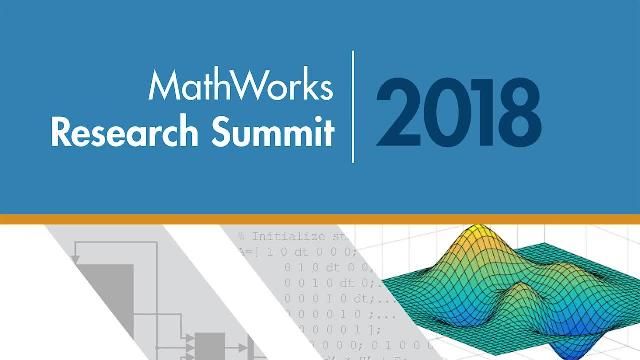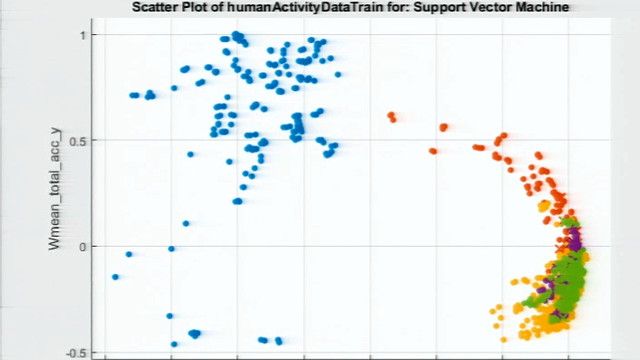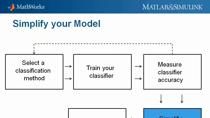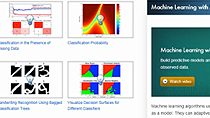Neural Networks – Cornerstones in Machine Learning
From the series: MathWorks Research Summit
Heikki Koivo, Aalto University
The presentation begins with a page from MathWorks e-book “Introducing Machine Learning,” which summarizes various kinds of machine learning algorithms, including supervised learning, of which classification and regression are examples, and unsupervised learning, of which clustering is an example. Several different neural networks and statistical algorithms are listed as part of these three categories of techniques. The first half of the talk gives a brief overview into development of neural network models. The model of a biological neural cell was developed in 1943, followed by modeling biological neural networks, resulting in a multilayer perceptron network, also called a feedforward network. These networks are listed as supervised algorithms having an input, an output, and several hidden layers. Structure and parameters are chosen in advance, except for the weights. The weights are determined based on input-output data using numerical optimization methods to minimize the mean square error. Current literature has a large number of different neural networks including convolutional neural networks, which are used in deep learning. Key steps for using machine learning in applications are outlined, including: a careful design of experiments; performing experiments to collect a rich-enough dataset; preprocessing data by removing outliers and filtering the data; choosing the neural network, its structure, and training method; and finally, validation of the results using an independent dataset.
The second half of the talk presents industrial applications of neural networks. Variables correlating with web breaks on a paper machine were searched from process measurements using feedforward networks. Online payload estimation of a moving loader in a mine was developed using secondary measurements, feedforward network, and Kalman filter. In mineral-processing froth flotation, enrichment is a crucial process. Late 1990s machine vision was applied to automate the process, including classification of froths. Neural networks were tested successfully, but partial least squares (PLS) gave almost as good results and was chosen because they were simpler to implement. Input to flotation cell is mineral slurry. X-ray fluorescence (XRF) analyzer is commonly used to determine the slurry state and the chemical content in samples taken in many slurry lines. The measurement is accurate but slow, lasting over 10 minutes. Recursive PLS of mineral flotation slurry contents using optical reflectance spectra provided almost continuous (10s) assaying of slurry grades. Data collection of faults in electric machines is not easy, since they last a long time without breaking. To work around this, in a study of fault diagnosis of electric machines, FEM simulation was used to generate different faults. Support vector machines were used to classify power spectrum estimates of different faulty variables. A model bank using dynamical neural network models for different types of faults was also set up for fault classification. Bayesian classifier was applied in decision making.
Published: 8 Aug 2019





